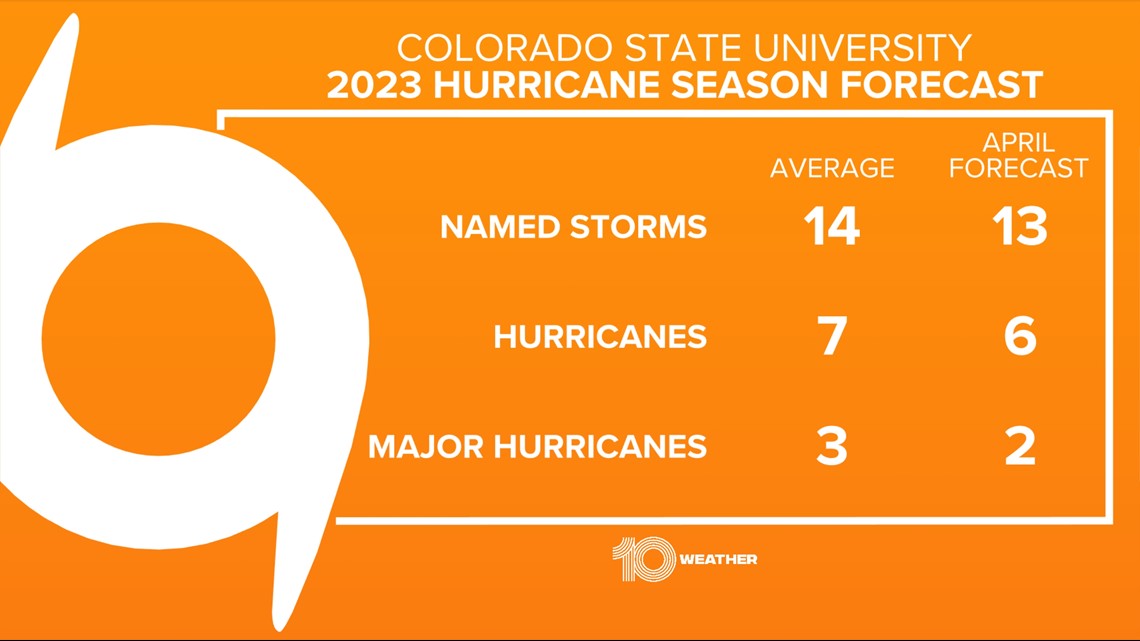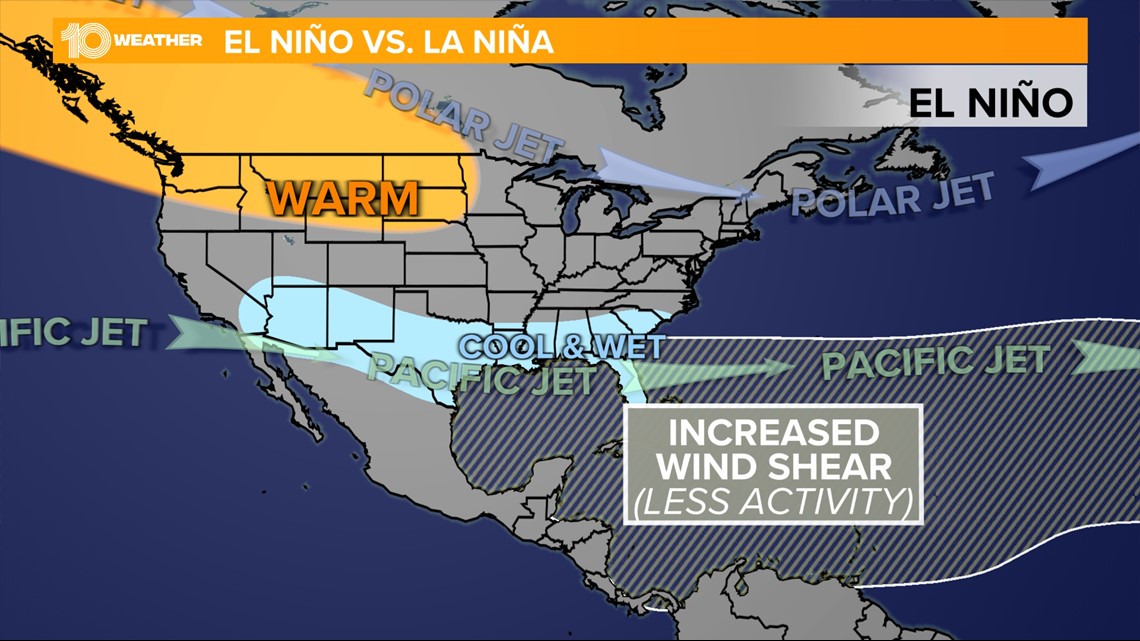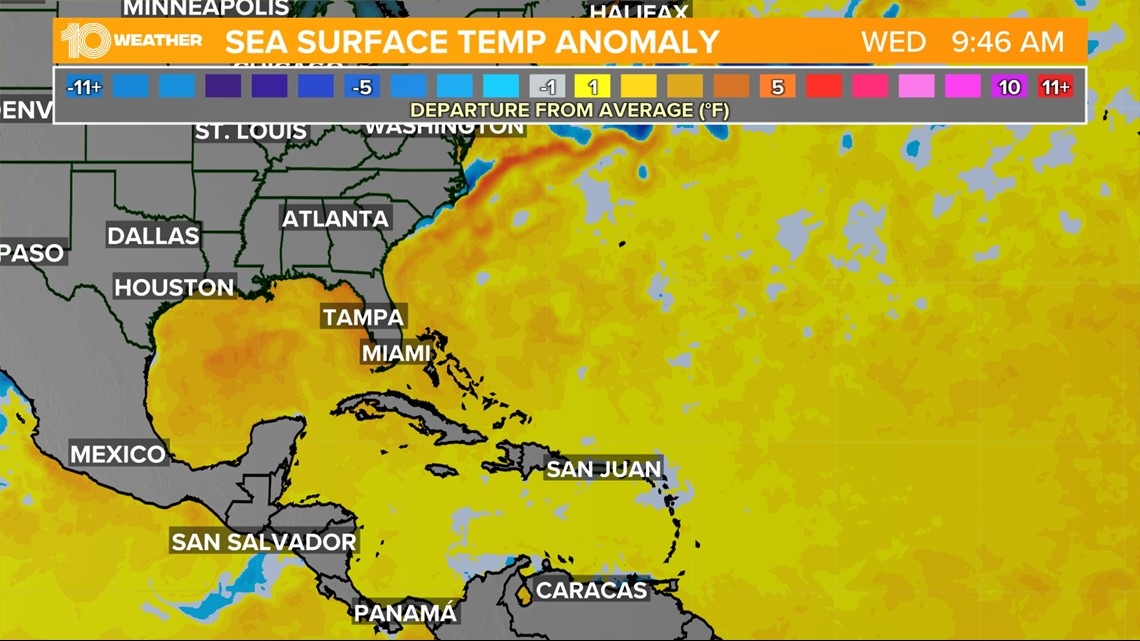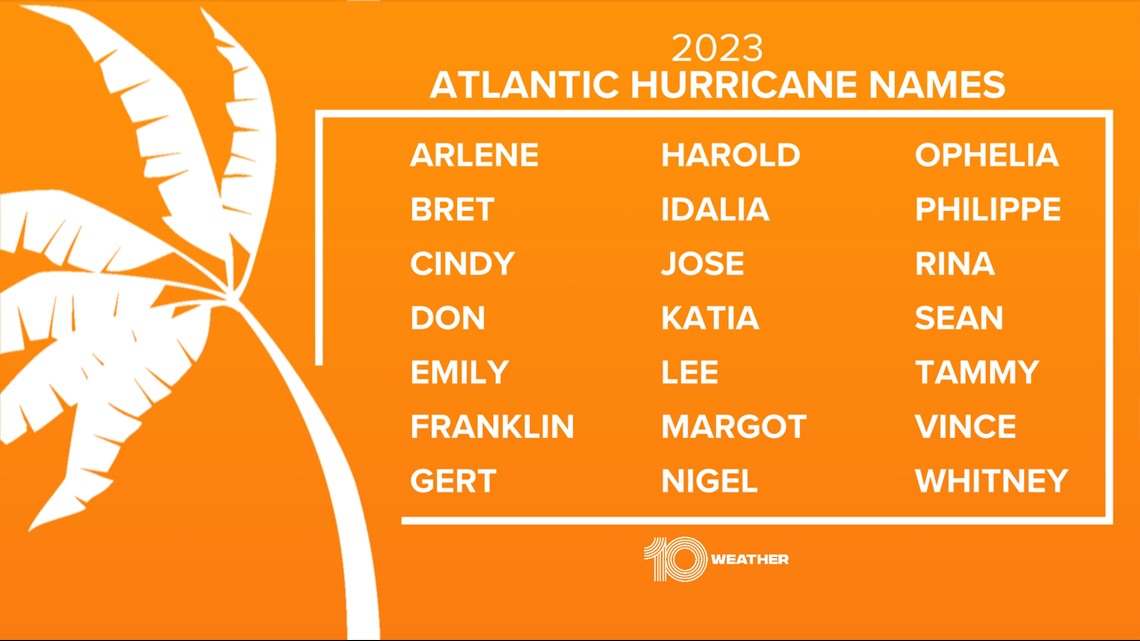ST. PETERSBURG, Fla. — Colorado State University has issued its forecast for the 2023 Atlantic hurricane season with numbers just slightly below average.
It's two words no one wants to hear — hurricane season. But we are now less than 50 days until the official start of the Atlantic season on June 1 and now is the time to begin storm preparations.
Last year was forecast to be an active season, but the slow start kept things quiet through August. In fact, the season's first hurricane didn't develop until early September.
Fiona and Ian would follow later in September, which were the only two major hurricanes of the season. Both are now retired names after leaving a trail of devastation across the Caribbean and Florida making 2022 a season we won't soon forget.
What's the forecast for this hurricane season?
Every year, several meteorology groups put together a forecast for the upcoming hurricane season. NOAA's hurricane season forecast comes out in mid-to-late May. But Colorado State releases its forecast in mid-April.
Colorado State's forecast calls for 13 named storms, six hurricanes and two major hurricanes, which are rated Category 3 or higher. This is overall calling for a slightly below-normal Atlantic hurricane season.


A typical season averages 14 named storms, seven hurricanes and three major hurricanes. So what factors are driving this year's forecast?
One of the bigger factors is the transition from La Niña to El Niño. For the past few seasons, we have been in a La Niña phase which typically produces above-average activity.
We are now moving into a neutral phase with an El Niño forecasted to develop by fall 2023 into winter. NOAA is now giving over an 80% chance for El Niño during the peak of the season. This tends to favor below-average hurricane activity with more wind shear across the Atlantic. Wind shear usually hampers the ability of tropical systems to organize into storms or hurricanes.


On the other hand, sea surface temperatures are becoming more favorable. Currently, sea temperatures across the Atlantic are running above average including in the Gulf of Mexico. Since this is a source of energy for tropical systems, more warmth equals more energy potential.


Below is a list of the upcoming names for the 2023 season. The first named storm of the season will be Arlene.



